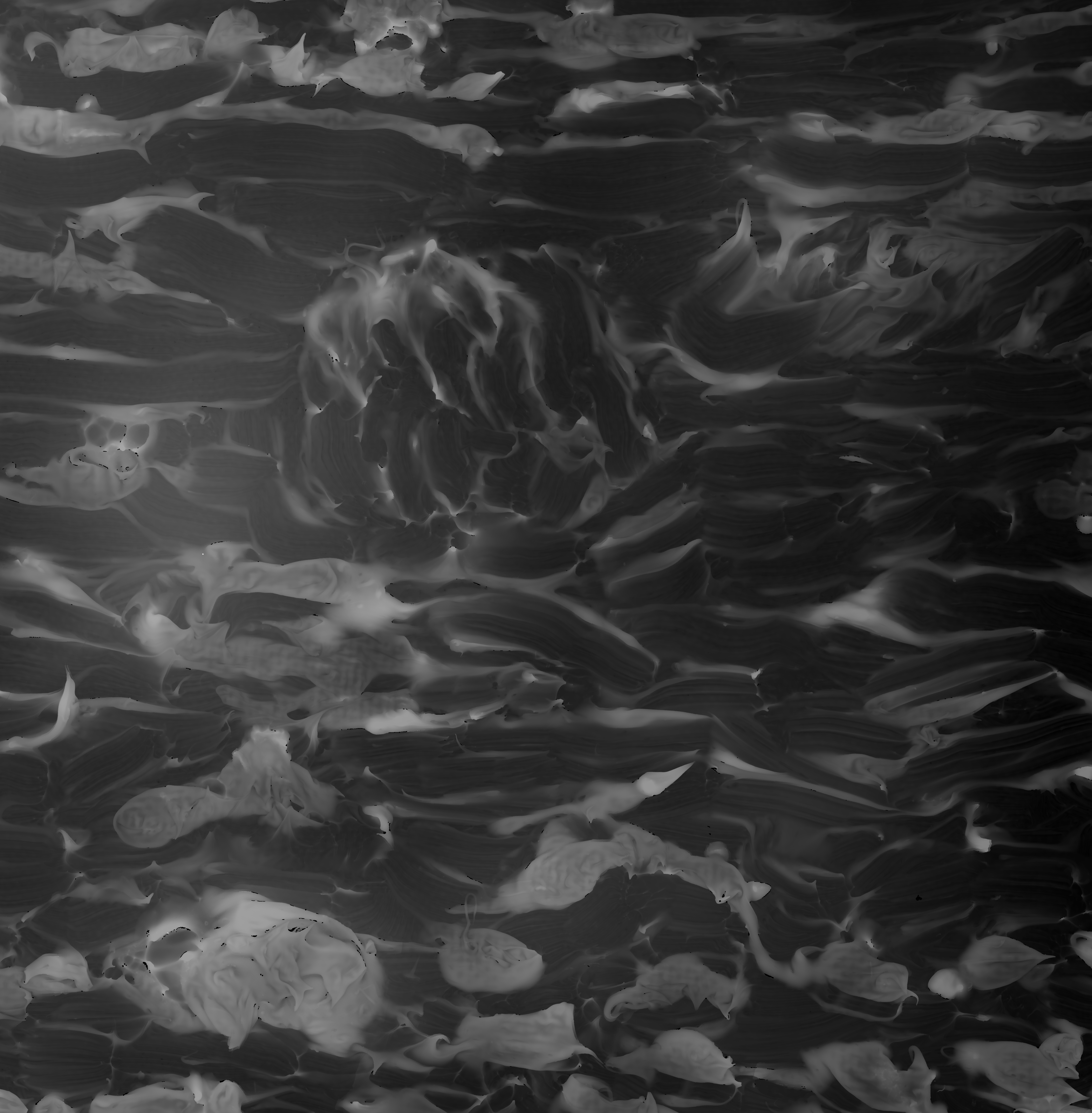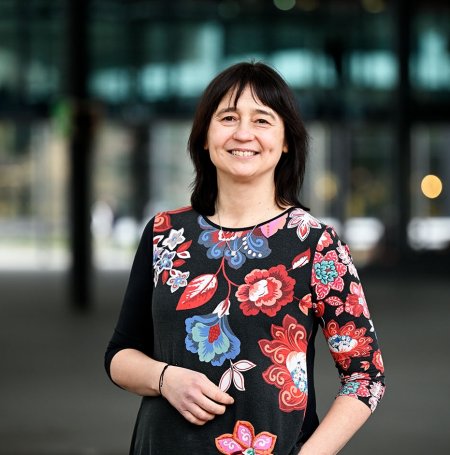Project: Visualization, detection and assessement of cracks in paintings by Vincent van Gogh
Description

Target level
TUe Master’s student(s) - employed as intern at ASML working in the collaborative project with the Van Gogh Museum (VGM) in the scope of the ASMl-VGM partnership
Project goal
Interactive visual analysis design and implementation to explore topographical features in Van Gogh’s paintings (with a focus on cracks) using color and height data collected by a condition assessment tool, and integration with other imaging modalities.
Context
The Van Gogh Museum and ASML have been Partners in Science since 2019. In collaboration also with the RCE and UVA, the partnership aims at preserving and enhancing the appreciation of Vincent van Gogh’s legacy through research and technology. One of the ongoing projects is the development of a condition assessment tool (CAS) that will map and assess the topography of paintings, focusing in particular on the detection, classification, and monitoring of cracks.
ASML is building a scanner equipped with a high resolution inspection probe to measure color and surface height. The output of the tool includes stitched color images and height maps of gigapixel scale that will be used by the conservators to assess the physical condition of paintings and allow them to record and monitor cracks and other surface features of interest in a more thorough and systematic manner. This requires for a visual and interactive way for the conservators to explore the images and data in a way that is efficient and insightful. Comparing the height fields at different points in time, for example.
The objective of this project is to develop such an interface in collaboration the conservators and scientists from the museum (and other collaborating institutions) that will allow them to explore, track, compare, organize, and document the features detected by the CAS tool but also to enrich this assessment with images from other modalities such as including X-rays, ultraviolet and infrared photographs, chemical and pigment maps obtained by X-ray fluorescence scanning and hyperspectral imaging and element maps from X-ray fluorescence and reflectance imaging spectroscopy. There are parallel efforts in developing methods to detect cracks and their growth, and they might be included as part of the project.
Similar problems appear in other works on heritage conservation [1] and might serve as inspiration for the current work. The comparison aspect, the high resolution of the data, and the complexity and uncertainty of the cracks make designing adequate visualizations and interactions for exploration challenging.
The student should have strong programming and communication skills. Ideally background in visualization and image analysis.
References
[1] K. Lawonn, E. Trostmann, B. Preim and K. Hildebrandt, "Visualization and Extraction of Carvings for Heritage Conservation," in IEEE Transactions on Visualization and Computer Graphics, vol. 23, no. 1, pp. 801-810, Jan. 2017, doi: 10.1109/TVCG.2016.2598603.
Details
- Student
-
PBPatrick Bastiaanssen
- Supervisor
-
 Anna Vilanova
Anna Vilanova
- Secondary supervisor
-
AMASML (Lars Maxfield) / van Gogh museum (Ana Martins)